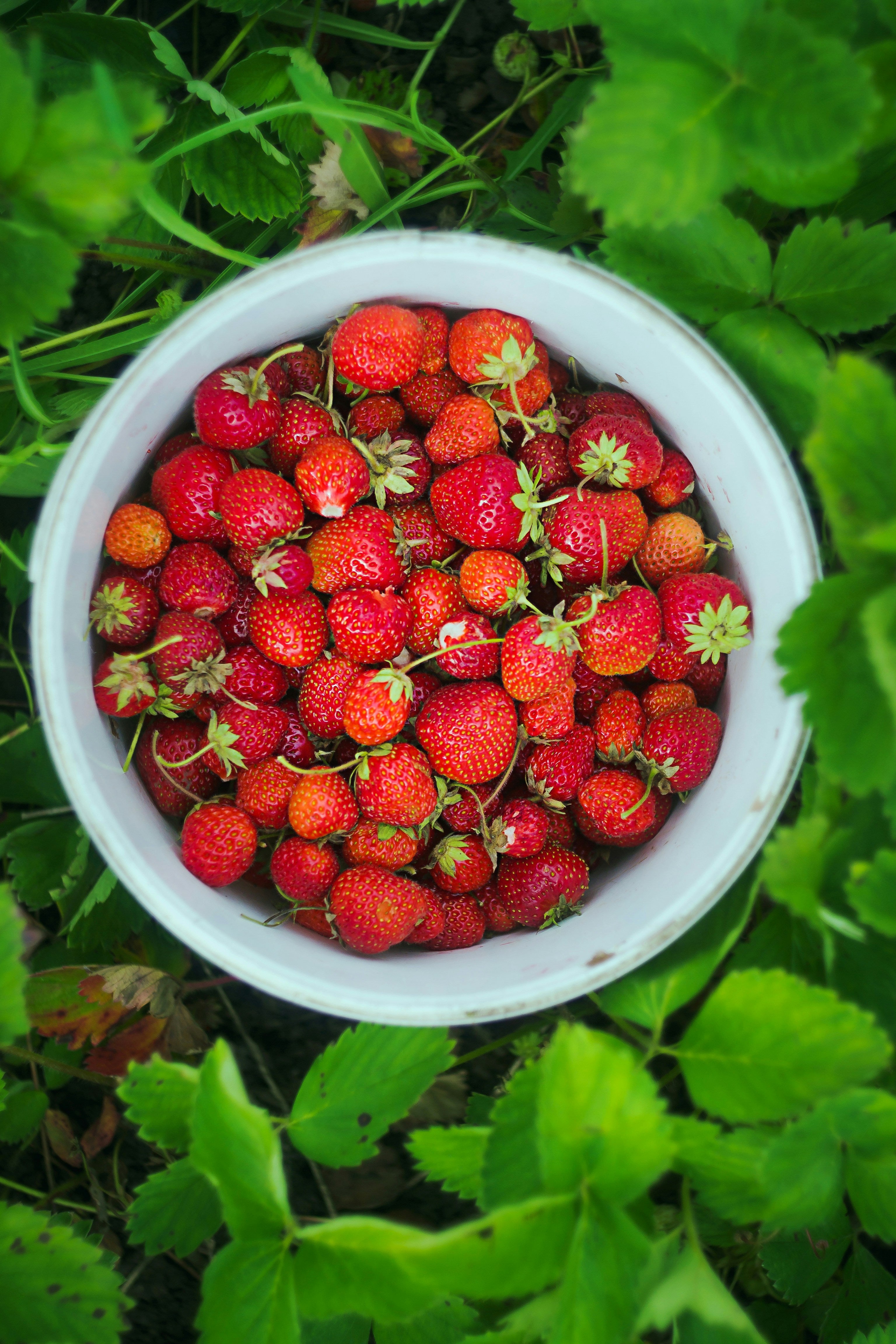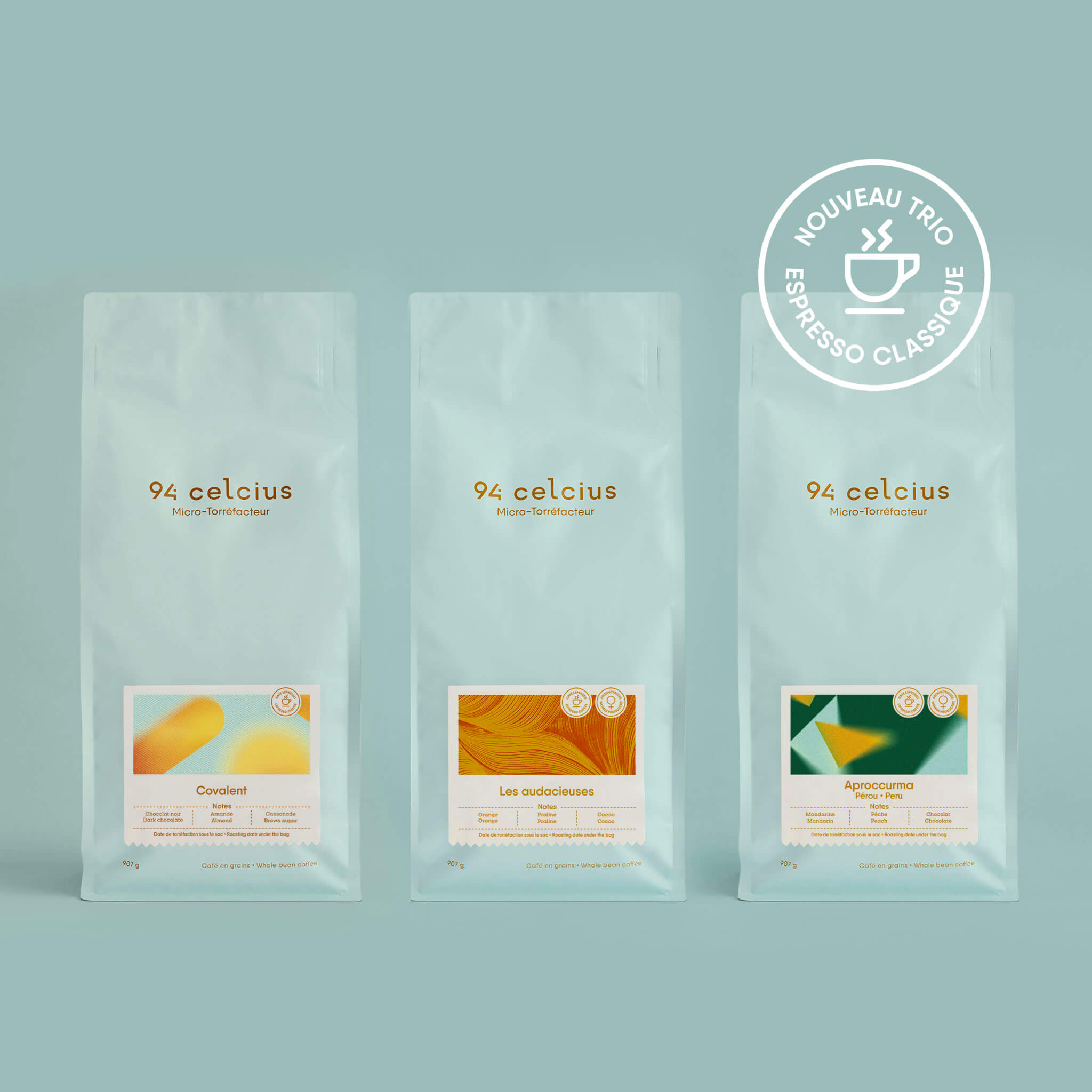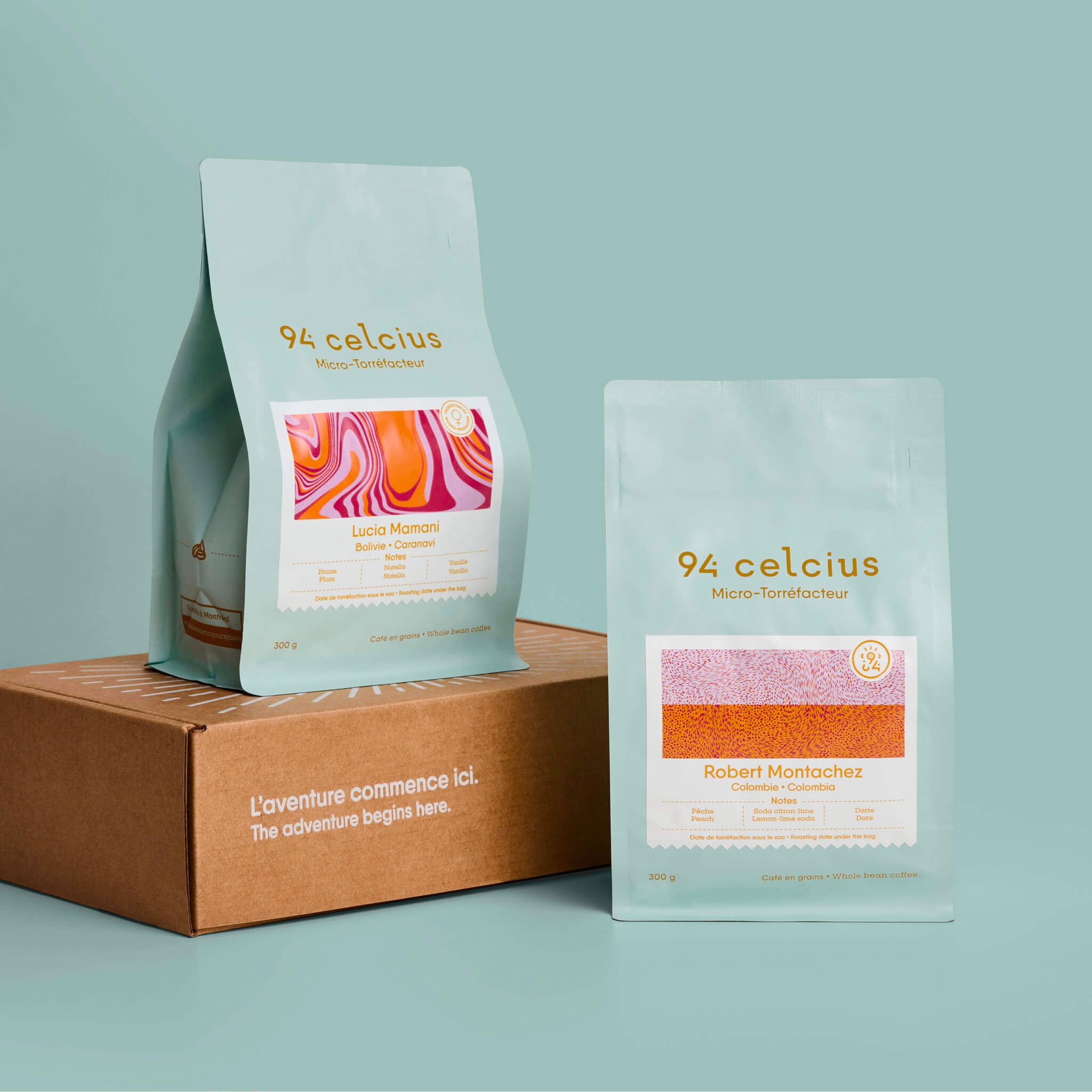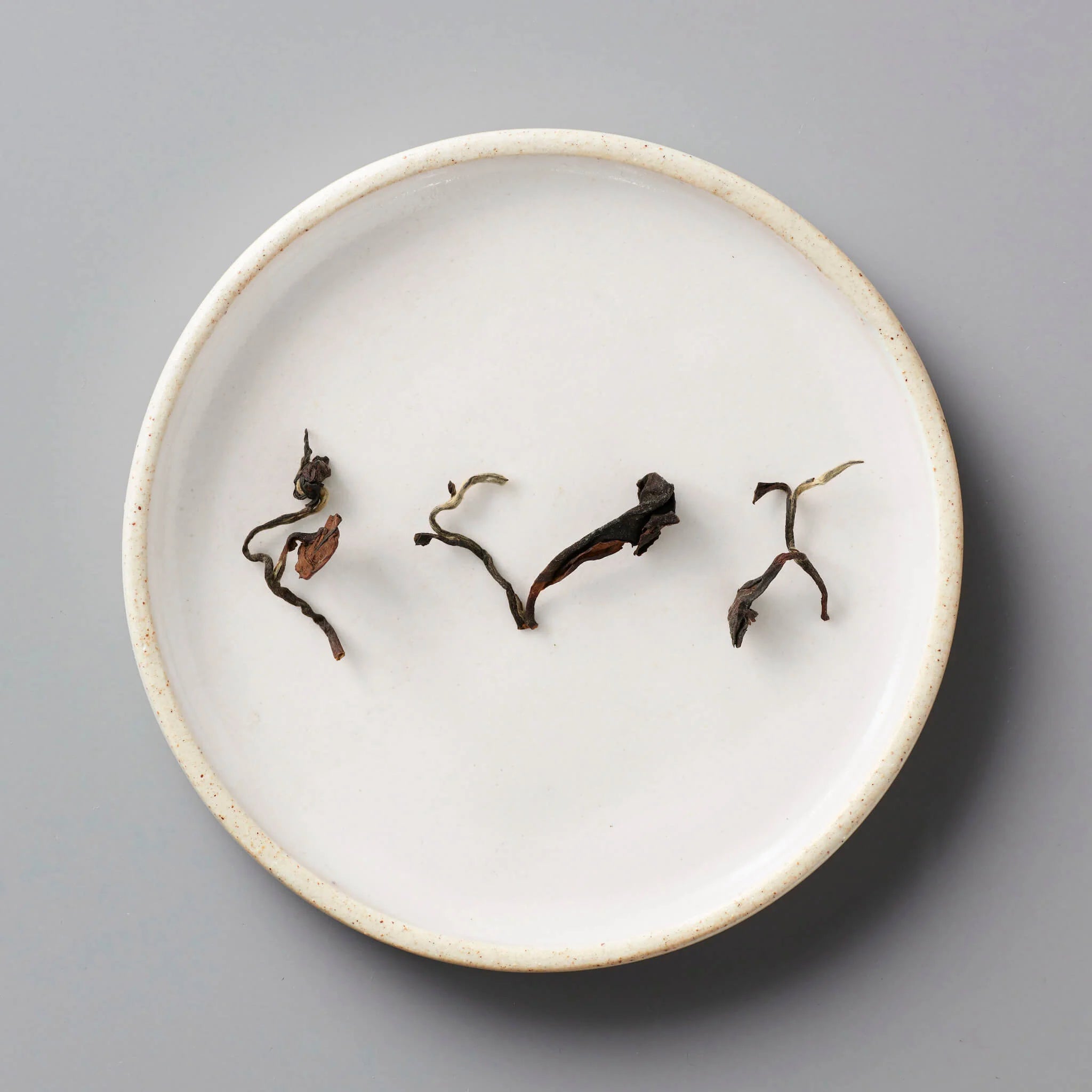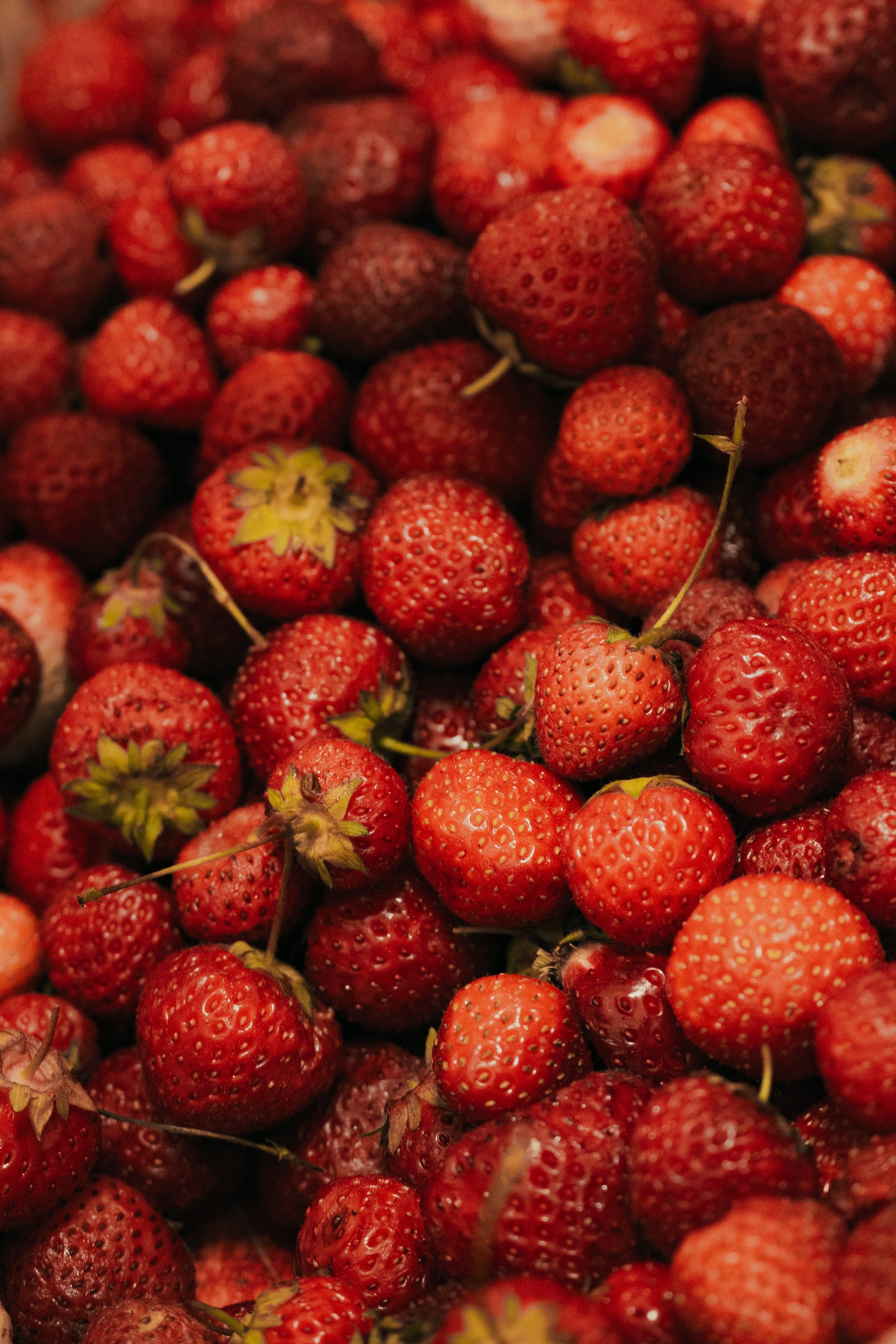At 94 Celcius, we're always striving to push the boundaries of specialty coffee, and one of the most exciting practices we've explored in recent years is co-fermenting coffee with fruit. This innovative technique creates unique, captivating and unforgettable flavors that never cease to amaze our customers. As enthusiasts of the art of roasting and big fans of this method, we have forged strong partnerships with producers like Forest Coffee, to offer exceptional co-fermented coffees.
One of our flagship products, co-fermented coffee with strawberries from Brayan Alvear has won the hearts of our customers, becoming one of our best-sellers. This specialty coffee, rich in flavor and complexity, is the result of a masterful fermentation process, in which strawberries play a crucial role in infusing the coffee beans with sweet, fruity notes. But what exactly is co-fermentation? How does it work? And why are we so passionate about this method? Let's explore this revolutionary technique in the world of specialty coffee.
